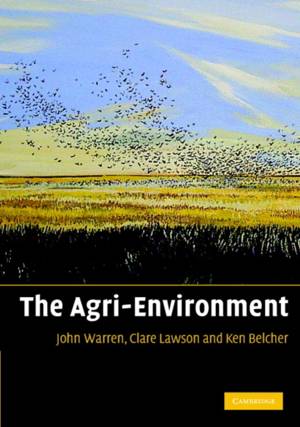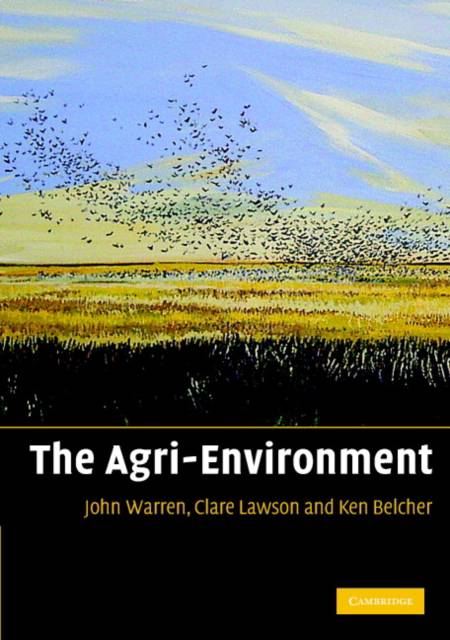
- Afhalen na 1 uur in een winkel met voorraad
- Gratis thuislevering in België vanaf € 30
- Ruim aanbod met 7 miljoen producten
- Afhalen na 1 uur in een winkel met voorraad
- Gratis thuislevering in België vanaf € 30
- Ruim aanbod met 7 miljoen producten
Zoeken
€ 103,95
+ 207 punten
Uitvoering
Omschrijving
The application of ecological theory and conservation biology to agricultural ecosystems has become an important and growing research field and undergraduate course component in recent years. This book is both an academic textbook and practical guide to farm conservation, and has evolved from the authors' extensive teaching experience. It covers the ecology of farmed land, how agricultural practices influence the environment, how agriculture has changed over time and how the species that inhabit the agri-environment have adapted. It also covers the history of agricultural policy and subsidies and the development of agri-environment schemes. A number of different farming systems are discussed, as are the difficulties in determining their relative merits. Guidance is offered on how to produce a workable farm conservation plan, and the final chapters look to the future and the development of new, greener farming systems.
Specificaties
Betrokkenen
- Auteur(s):
- Uitgeverij:
Inhoud
- Aantal bladzijden:
- 232
- Taal:
- Engels
Eigenschappen
- Productcode (EAN):
- 9780521614887
- Verschijningsdatum:
- 14/01/2008
- Uitvoering:
- Paperback
- Formaat:
- Trade paperback (VS)
- Afmetingen:
- 173 mm x 244 mm
- Gewicht:
- 476 g

Alleen bij Standaard Boekhandel
+ 207 punten op je klantenkaart van Standaard Boekhandel
Beoordelingen
We publiceren alleen reviews die voldoen aan de voorwaarden voor reviews. Bekijk onze voorwaarden voor reviews.











